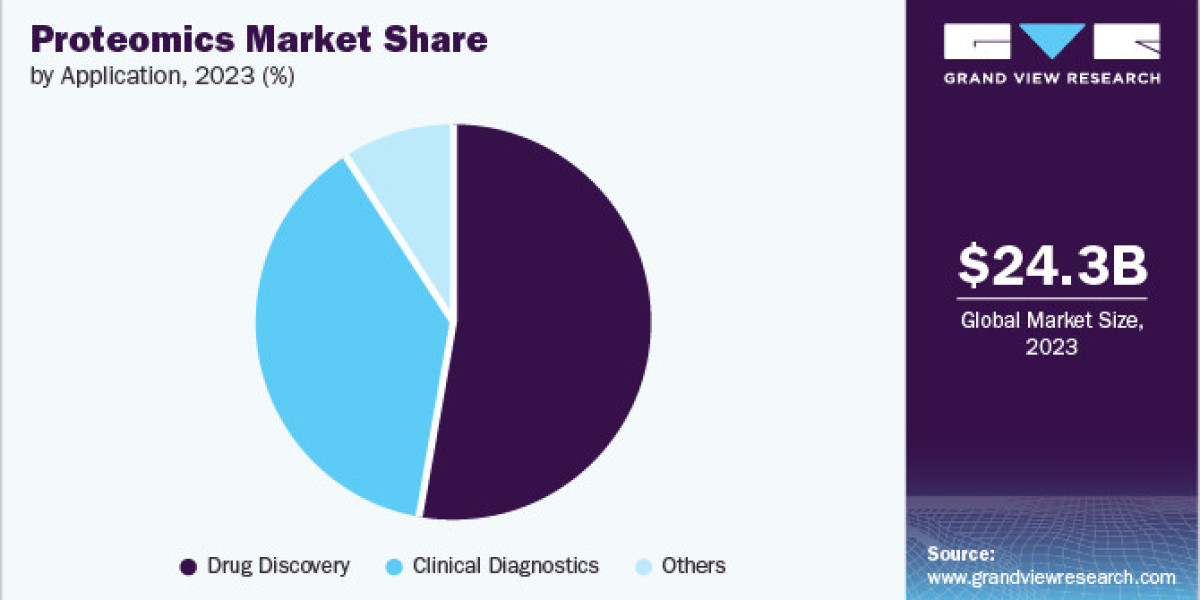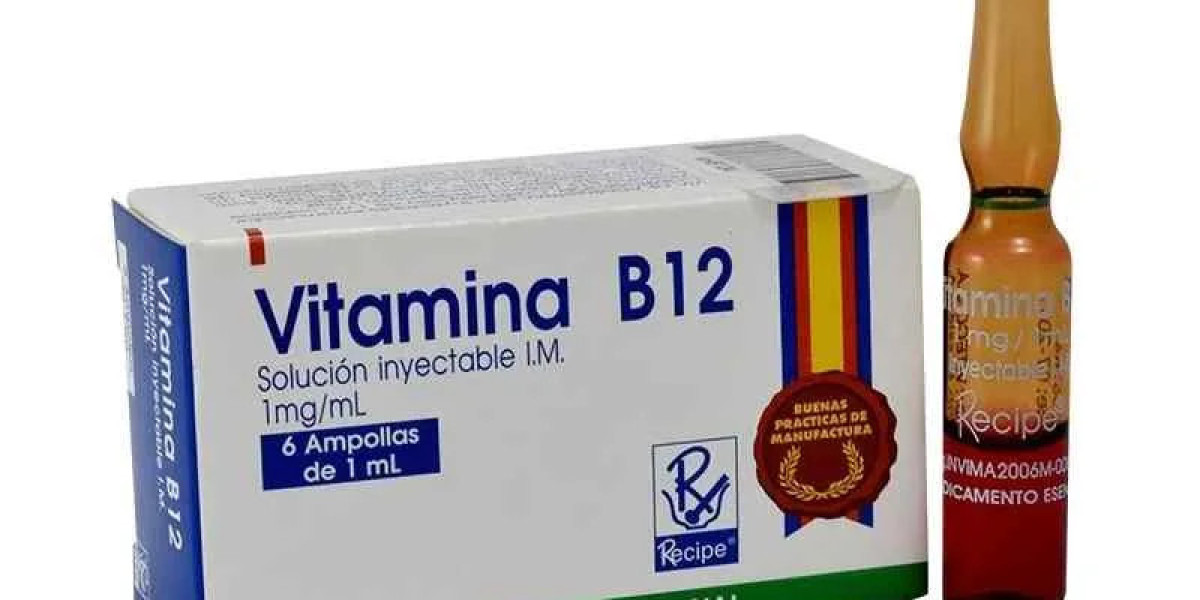The global proteomics market size was estimated at USD 24.29 billion in 2023 and is projected to grow at a CAGR of 13.10% from 2024 to 2030. The rising prevalence of chronic & infectious diseases, the increasing demand for rapid & advanced diagnostic solutions in target disease treatment, and the growing demand for personalized medicine are some of the factors contributing to market growth. Moreover, technological advancements in protein analysis further propel the growth.
The rising prevalence of chronic and infectious diseases drives proteomics market growth. The WHO predicts that there will be over 35 million new cancer cases by 2050, a 77% surge from the approximately 20 million cases estimated in 2022. Moreover, this rise in the disease prevalence increases the demand for pathogenesis research, and advanced diagnostics and therapeutics. For instance, according to research published in Nature Communications in July 2024, scientists used a proteomics-based approach to identify effectors secreted by Rickettsia spp, thereby understanding the host-pathogen interface.
Gather more insights about the market drivers, restrains and growth of the Global Proteomics Market
In addition, in a recent study published in the journal Nature Medicine in August 2024, scientists developed a proteomic aging clock using plasma proteins. This clock helps measure age and predict the risk of age-related diseases, multimorbidity, and mortality across diverse populations. Moreover, emerging technology such as top-down proteomics helps understand the role of proteoforms in disease mechanisms and precision medicine, aiding in bridging the gap between genotypes and phenotypes.
Product & Service Insights
The reagents & consumables segment accounted for the largest revenue share of 72.29% in 2023. Kits designed for mass spectrometry enable researchers to identify proteins within complex biological samples accurately. They facilitate the quantification of protein levels, which is essential for understanding cellular functions and disease mechanisms. Reagents for proteomic assays help identify novel biomarkers critical for early disease diagnosis, particularly in conditions like cancer, Alzheimer’s, and cardiovascular diseases. This leads to the development of targeted therapies.
Technology Insights
The spectrometry segment captured the largest revenue share in 2023. It is also expected to expand further at the highest CAGR of 14.77% during the forecast period. Spectrometry technology is used for identification and characterization of proteins, detection of post-translational modifications, and analysis of protein-protein interactions in proteomics studies. Advancements in mass spectrometry technology, such as increased resolution, speed, and automation, have significantly enhanced its efficiency, making it a preferred tool for proteomics research. Furthermore, the integration of spectrometry techniques with bioinformatics for data analysis has expanded its applications in drug discovery, biomarker identification, and personalized medicine. These factors are anticipated to drive the segment over the forecast period.
Application Insights
The drug discovery segment dominated the proteomics market with the largest revenue share of 52.66% in 2023. This large share can be attributed to the development of structure-based drug design, a greater emphasis on creating personalized drugs, and increased investments in these areas. Additionally, proteomics technologies provide an early indication of a drug's potential in the discovery process, leading to significant cost savings for pharmaceutical companies and ultimately benefiting patients and healthcare systems, thus contributing to the segment's growth.
Browse through Grand View Research's Healthcare Industry Research Reports.
· Ureteral Stents Market: The global ureteral stents market size was valued at USD 575.5 million in 2024 and is expected to grow at a CAGR of 6.9% from 2025 to 2030.
· Cell Sorting Market: The global cell sorting market size was valued at USD 242.7 million in 2023 and is projected to grow at a CAGR of 8.6% from 2024 to 2030.
Regional Insights
North America dominated the market and accounted for 45.97% revenue share in 2023 owing to the advancements in technology and growing demand for advanced disease diagnostics. Furthermore, the region benefits from substantial research and development investments in precision medicine, government funding for biotechnology and healthcare research, and highly advanced healthcare infrastructure.
Key Proteomics Company Insights
Key players operating in the proteomics market are undertaking various initiatives to strengthen their market presence and increase the reach of their products and services. Strategies such as expansion activities and partnerships are playing a key role in propelling the market growth.
Key Proteomics Companies:
The following are the leading companies in the proteomics market. These companies collectively hold the largest market share and dictate industry trends.
· Illumina, Inc.
· Agilent Technologies, Inc.
· Bio-Rad Laboratories, Inc.
· Thermo Fisher Scientific, Inc.
· Bruker Corporation
· F. Hoffmann-La Roche Ltd.
· Waters Corporation
· Merck KGaA
· Danaher
· Standard BioTools Inc.
Order a free sample PDF of the Proteomics Market Intelligence Study, published by Grand View Research.








